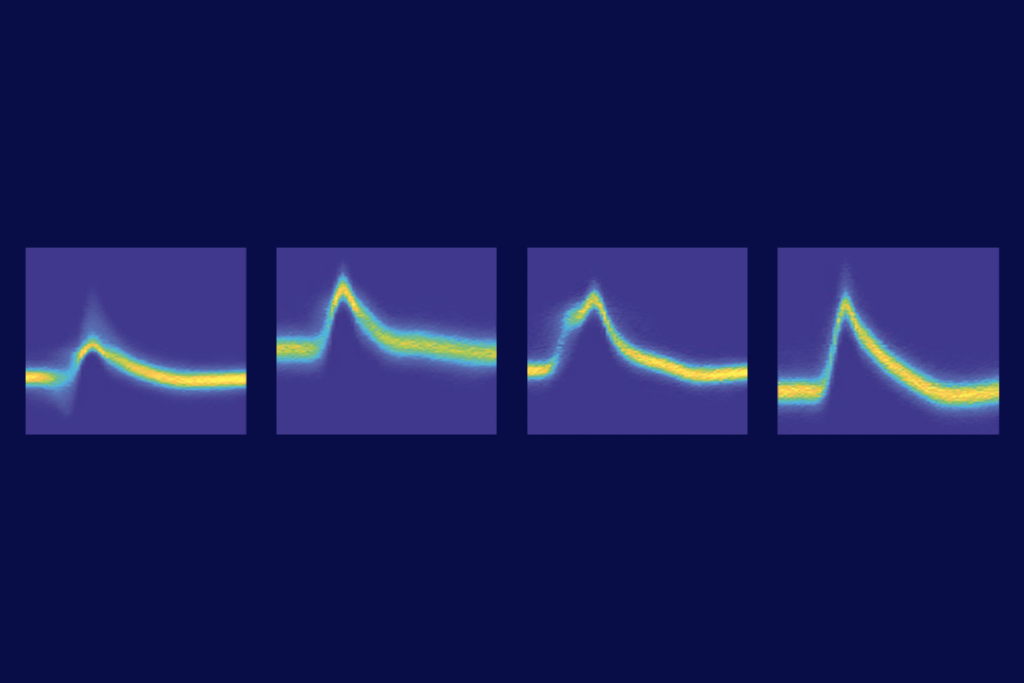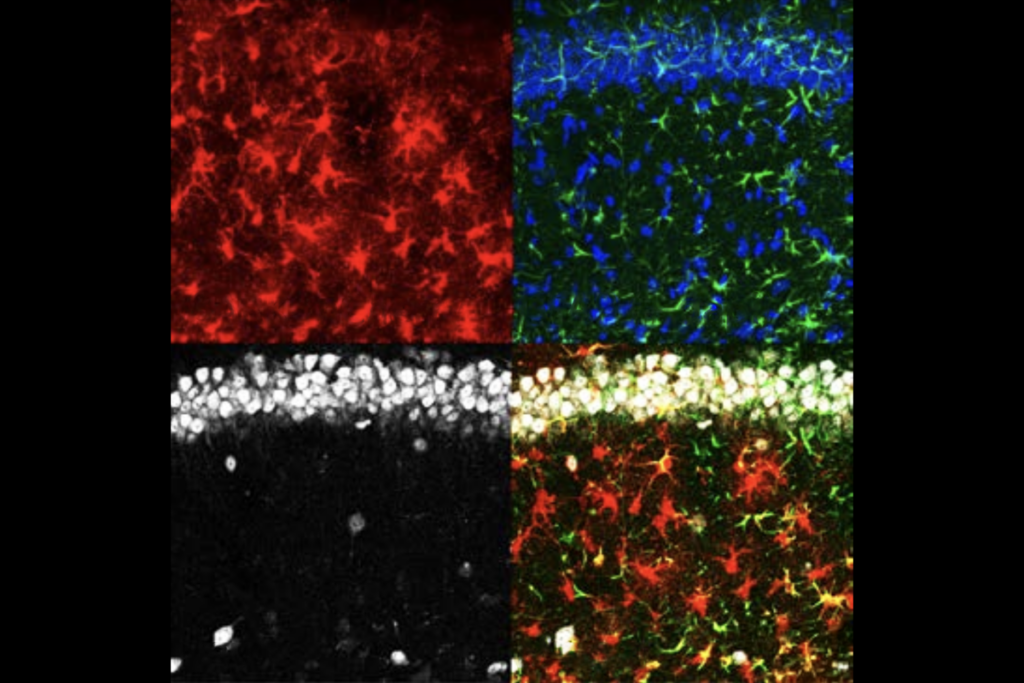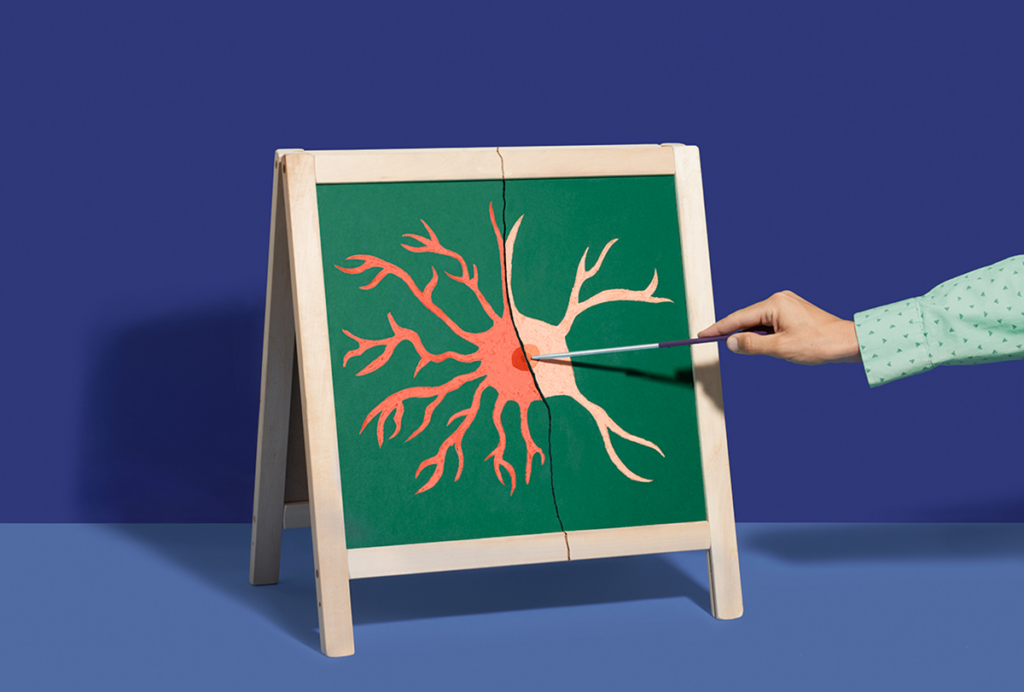DSM-5 redefines autism
On Saturday, the American Psychiatric Association released the DSM-5, the long-awaited new version of its Diagnostic and Statistical Manual of Mental Disorders.
IN-DEPTH COVERAGE
Read all of our articles on the fifth version of the Diagnostic and Statistical Manual of Mental Disorders (DSM), which lays out guidelines for diagnosing psychiatric disorders.
Read more »
On Saturday, the American Psychiatric Association (APA) released the DSM-5, the long-awaited new version of its Diagnostic and Statistical Manual of Mental Disorders.
Known — and not always in a positive light — as psychiatry’s ‘bible,’ the DSM outlines the criteria for diagnosing various mental disorders in the U.S. For most of these, including autism, diagnosis relies entirely on behavioral symptoms. As a result, changes to the diagnostic criteria sometimes completely redefine our very understanding of a disorder.
In the case of autism, the DSM-5 includes several changes from its previous iteration, the DSM-IV. The new edition combines four independent diagnoses — autistic disorder, Asperger syndrome, pervasive developmental disorder-not otherwise specified (PDD-NOS) and childhood disintegrative disorder — into a single label of autism spectrum disorder.
The rationale for this change is that these disorders have the same essential symptoms, but at varying degrees of severity. According to the APA, they are best thought of as a single disorder on a wide spectrum.
The loss of Asperger syndrome has been particularly controversial, but from a scientific standpoint, members of the DSM-5 working group have argued that there are no consistent biological features that distinguish Asperger syndrome from autism.
The DSM-5 also combines social and language deficits into a single measure, collapsing the three domains defined in the DSM-IV into two. To be diagnosed with autism spectrum disorder, an individual must have ‘deficits in social communication and social interaction’ and show restrictive and repetitive behaviors.
People who have social deficits but no repetitive behaviors, who up until now have often been diagnosed with PDD-NOS, will receive a new diagnosis of social communication disorder, according to the APA.
Some experts and advocacy groups have expressed concerns that some people would lose their diagnosis under the new criteria and with it, their access to services. Most studies so far have suggested otherwise, however. What’s more, the DSM-5 specifies that any individual with a “well-established” DSM-IV diagnosis of autistic disorder, Asperger syndrome or PDD-NOS will receive a diagnosis of autism spectrum disorder.
The APA has reacted to much of the criticism by emphasizing that the understanding of mental disorders, and the DSM itself as a result, is constantly evolving. They have added a new section to introduce disorders — including the bizarre caffeine use disorder — that they say warrant further research and consideration.
For months, studies have been debating what impact the DSM-5 will have on autism diagnoses, and whether the manual will be revised to address the many vocal criticisms. As copies of the book make their way into the mail, we are finally leaving the realm of speculation.
Recommended reading

INSAR takes ‘intentional break’ from annual summer webinar series

Dosage of X or Y chromosome relates to distinct outcomes; and more
Explore more from The Transmitter

Null and Noteworthy: Neurons tracking sequences don’t fire in order


